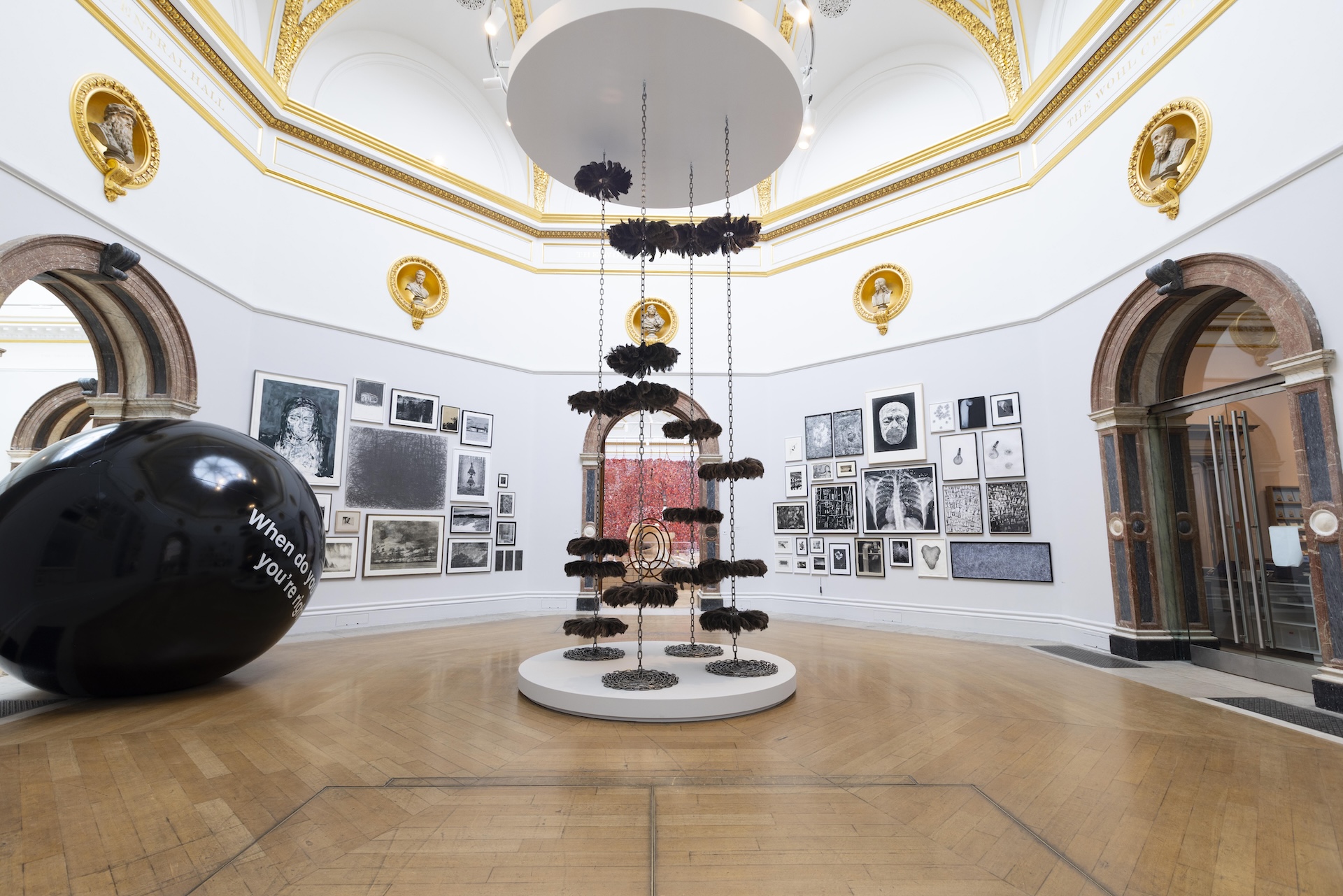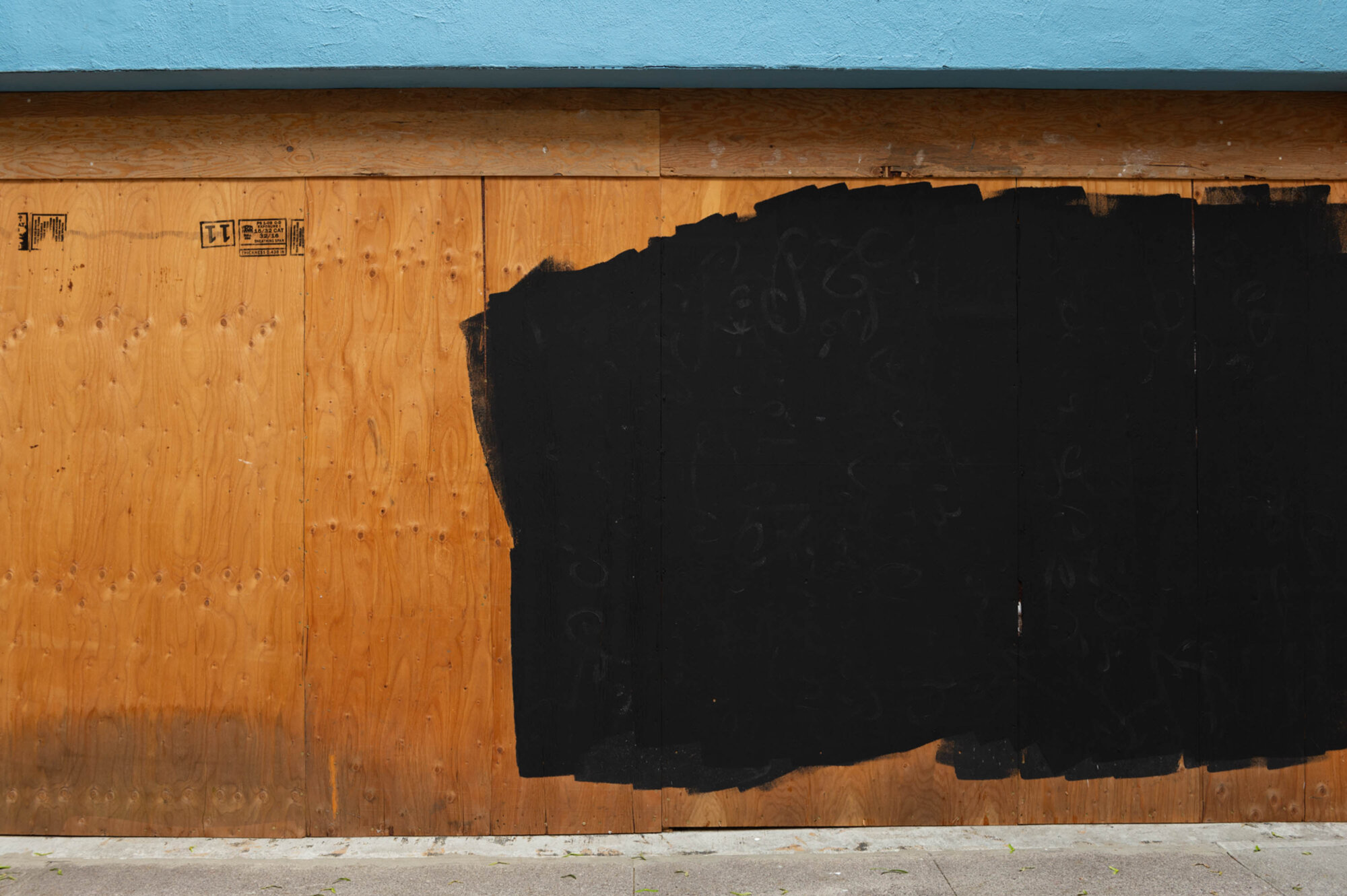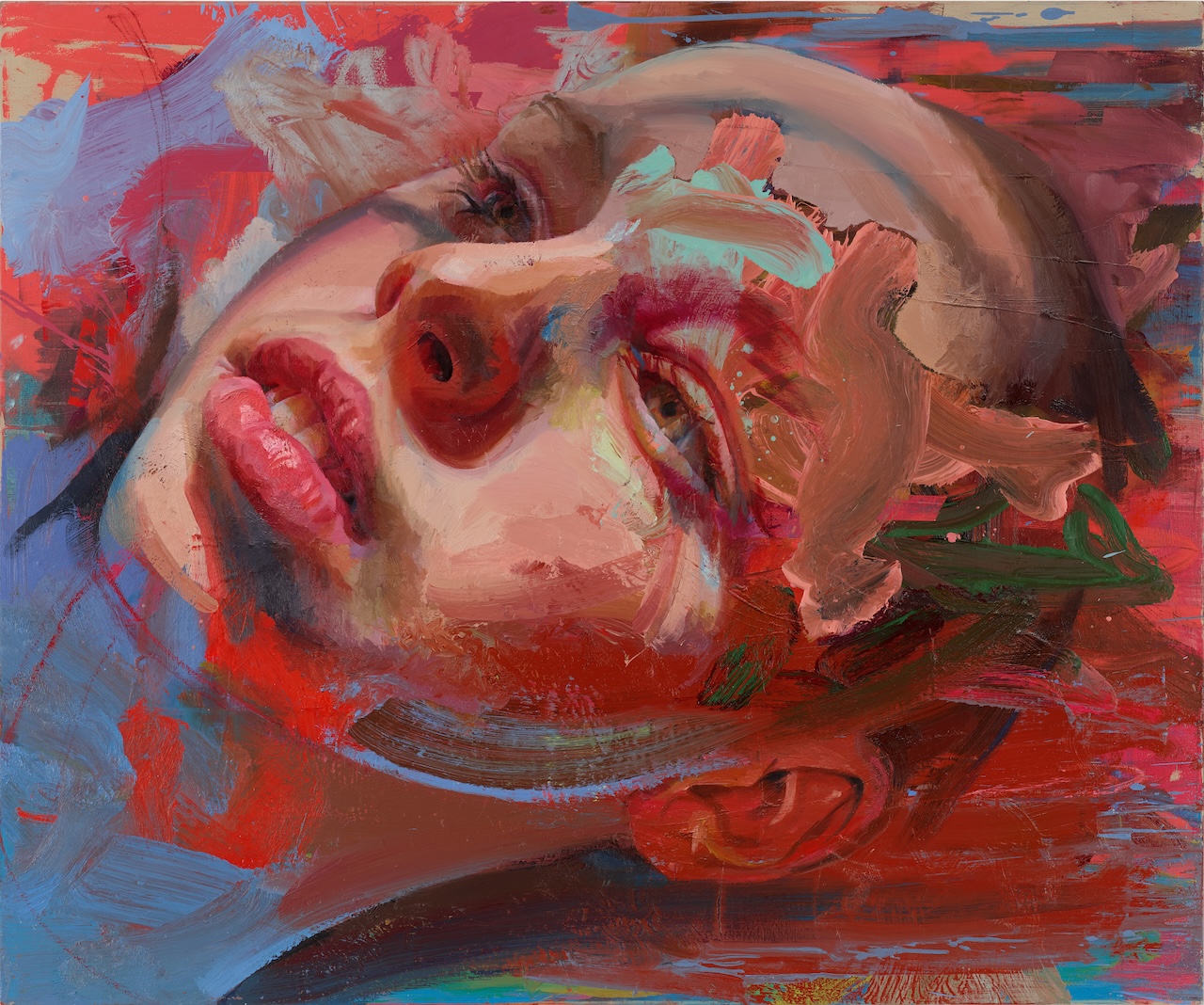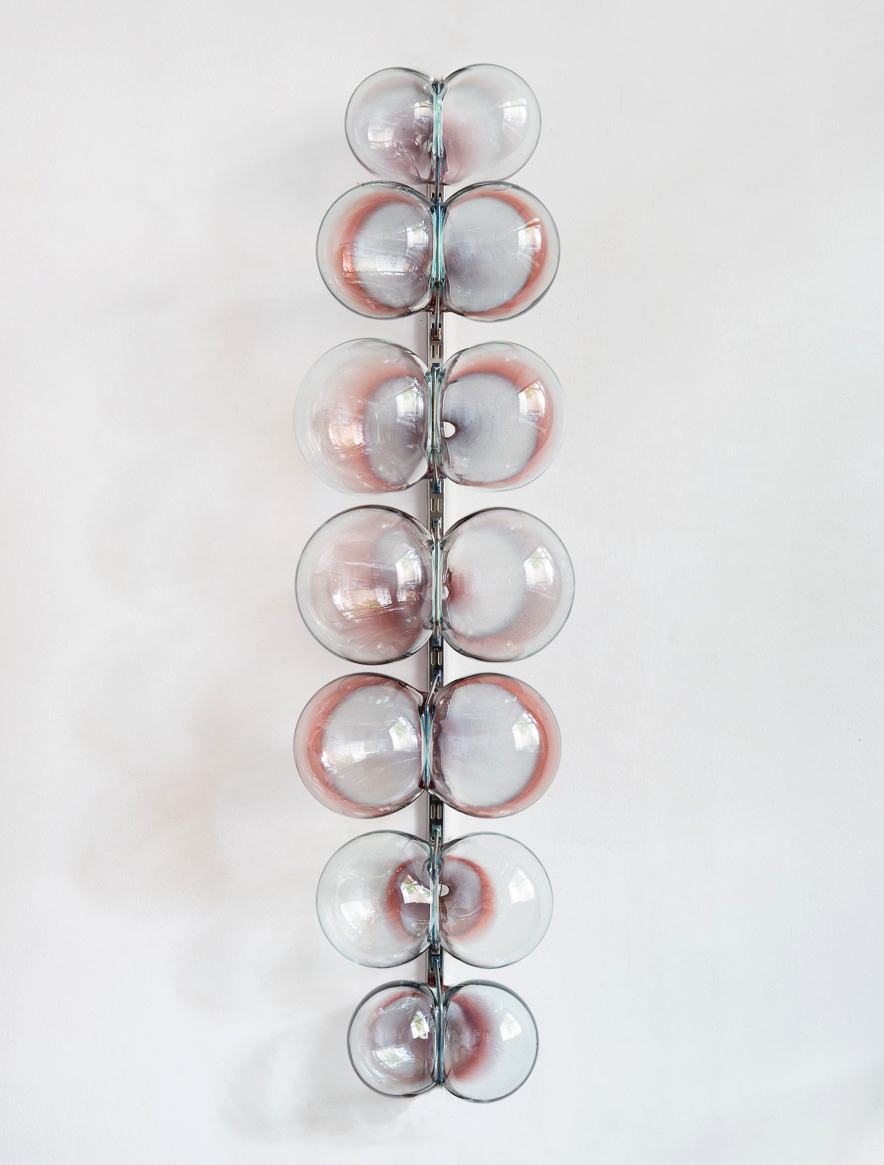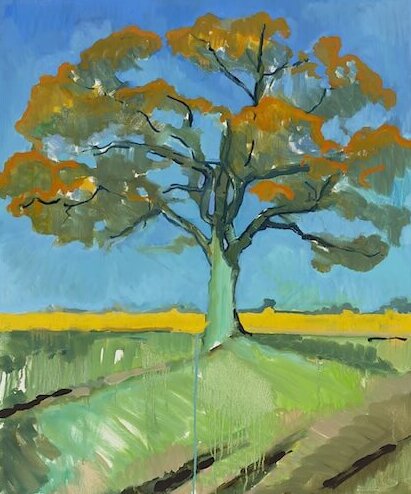The Wick List
Viewing Lubaina Himid unravels colonial histories in Bath
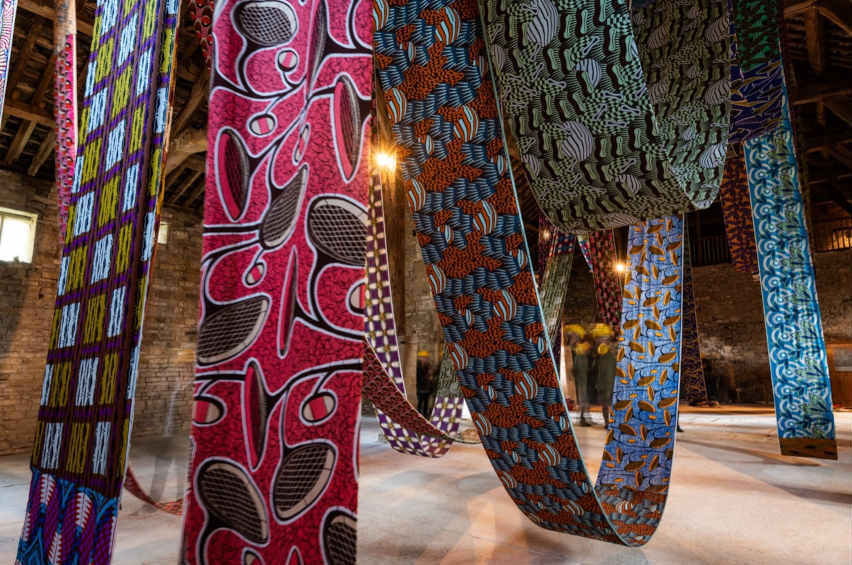
Above Lubaina Himid – Lost Threads, 2023, Dutch wax print fabric. Courtesy of Hollybush Gardens, London © Matt Savage
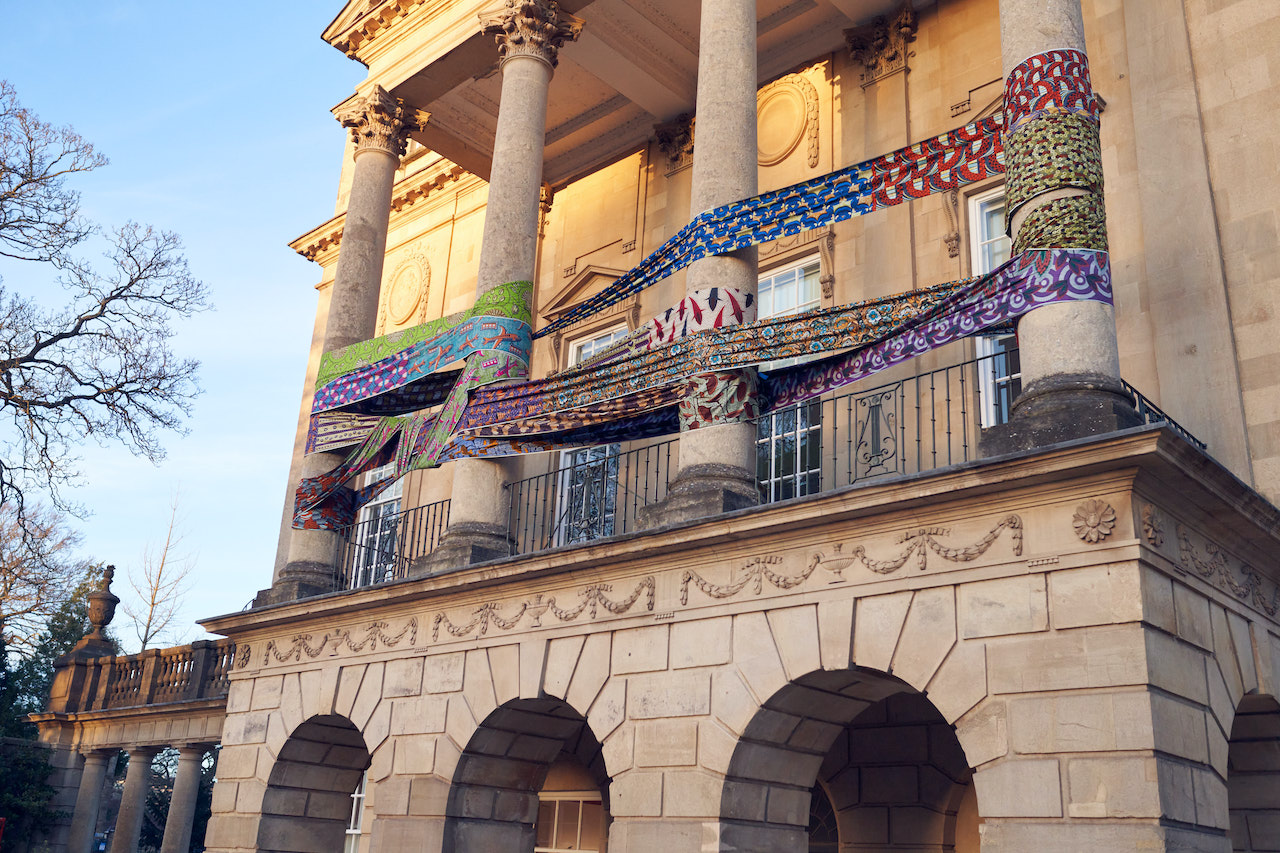
Above Lubaina Himid: Lost Threads at the Holburne Museum, 2024. Photo Gareth Iwan Jones.
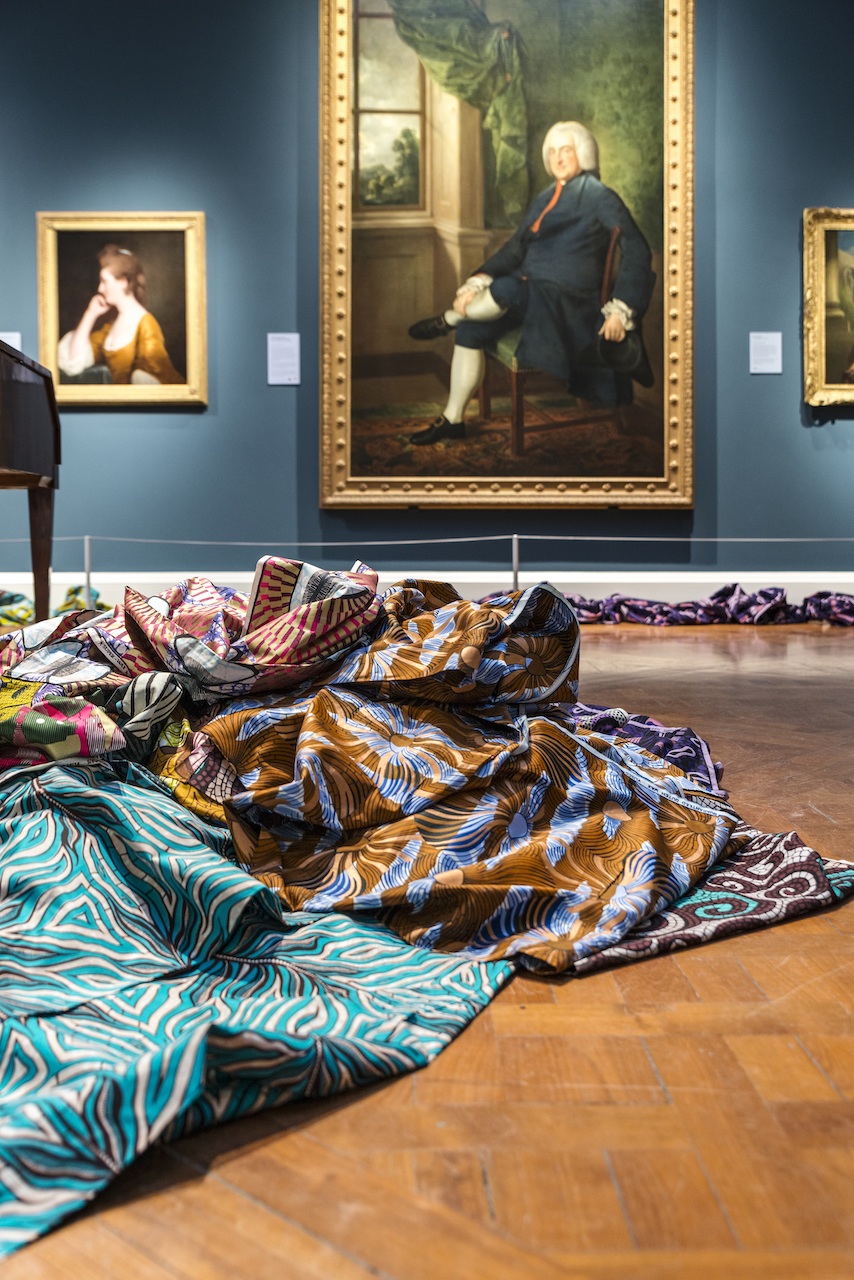
Above Lubaina Himid: Lost Threads at the Holburne Museum, 2024. Jo Hounsome Photography.
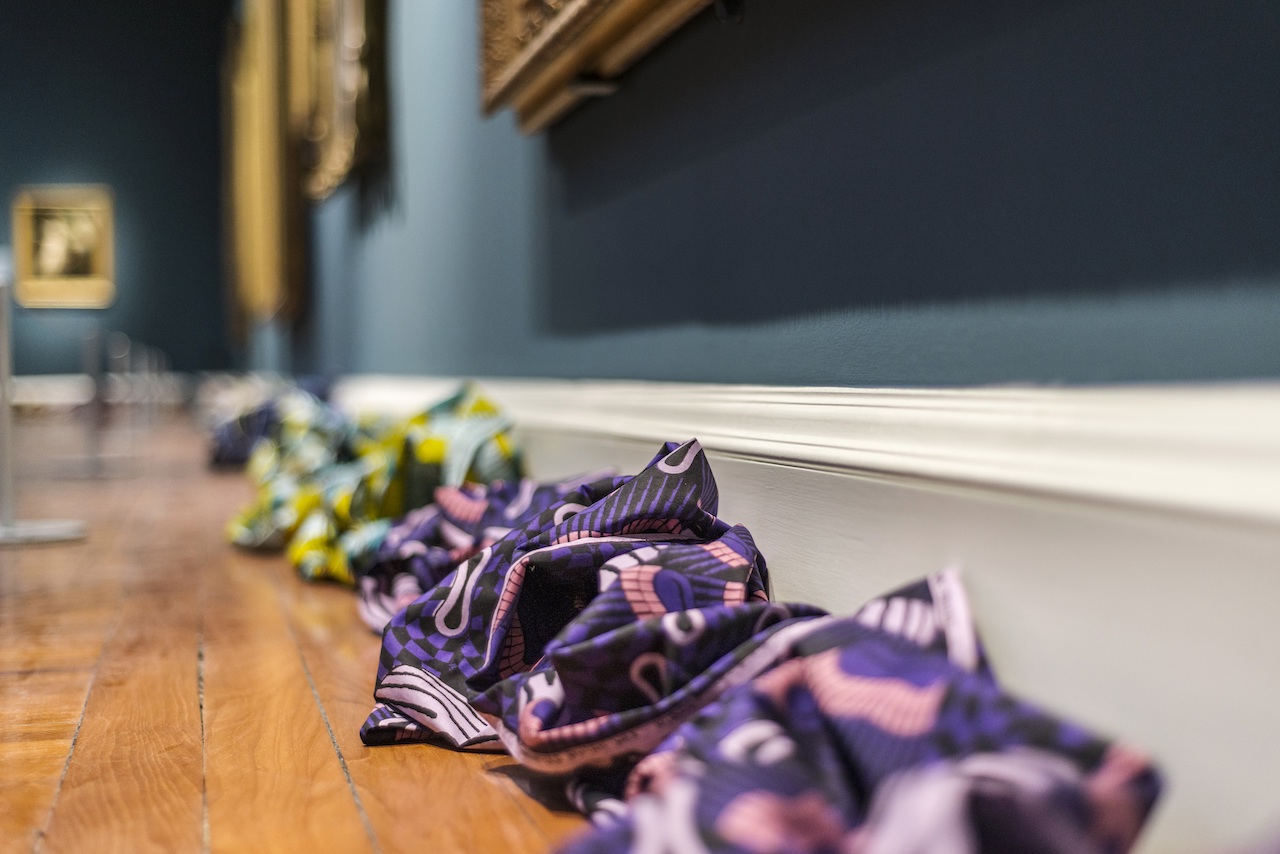
Above Lubaina Himid: Lost Threads at the Holburne Museum, 2024. Jo Hounsome Photography.
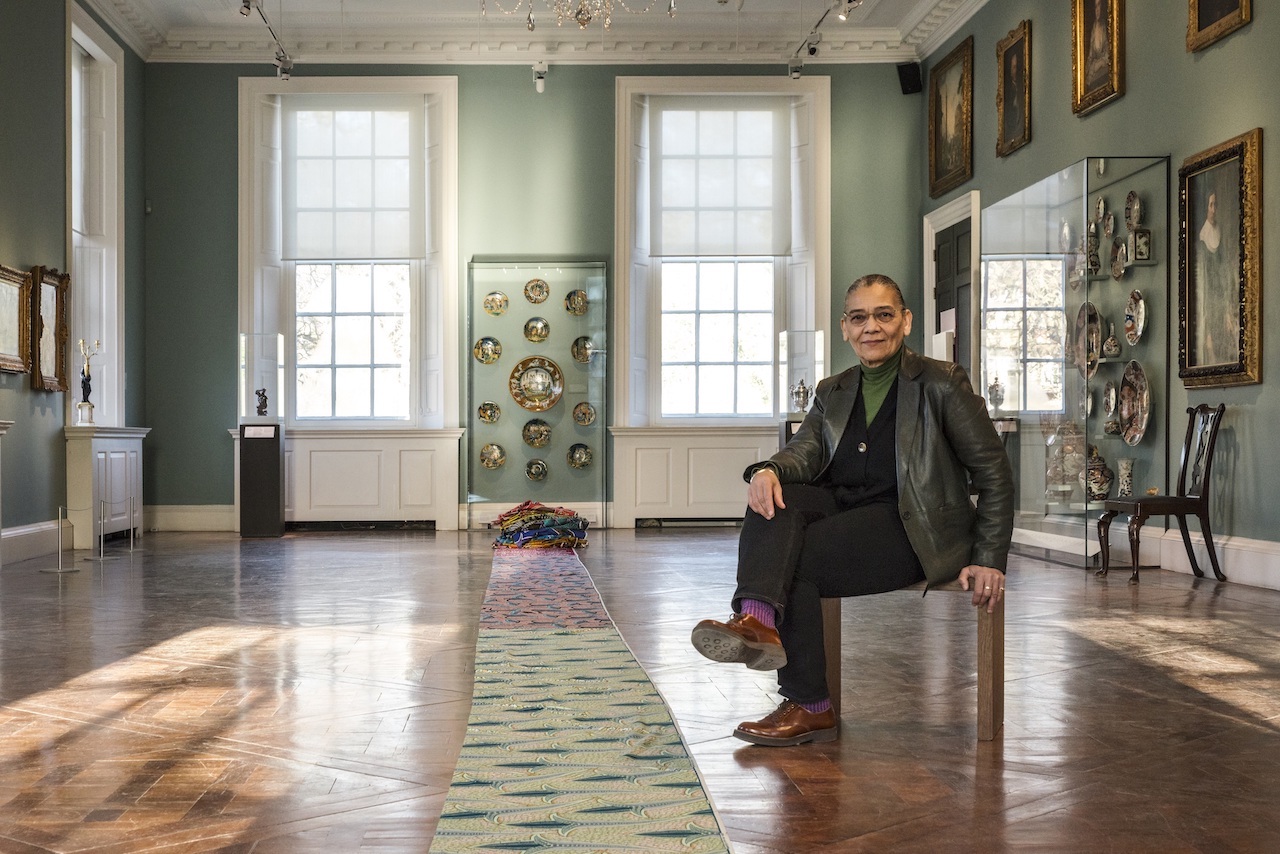
Above Lubaina Himid: Lost Threads at the Holburne Museum, 2024. Jo Hounsome Photography.
Lubaina Himid: Lost Threads
The Holburne Museum, Bath
19 January – 21 April 2024




